I've been assembling low numbers of reasonably complicated PCBs professionally for a few years now, and while I can get good results eventually, one thing that's dragging the process out is the need for post-reflow cleaning. I always find quite an excessive amount of dark, hard flux, which takes a lot of effort to remove, particularly from in-between fine-pitch components. I find the flux itself makes inspection difficult to do with confidence so I feel the need to remove it. Usually, I have to scratch at it in a few places, in addition to the river of IPA and brushing.
My process is -
- Wipe down the board with IPA
- Apply Solder paste using 0.12mm Stencil
- Place components
- Reflow
- Spend a long time cleaning and inspecting.
The paste used in the examples below is SMD291AX from Chipquick, it's a leaded, no-clean flux solder paste. In this example, it was a fresh tube that arrived that morning. My reflow oven is homemade, but the profile tracks the recommended profile pretty well, within a few degrees.
While I can get good results I'm proud of, I'm entirely self-taught and have just figured this out from trial and error, so I could well be missing something. Some of my googling suggests that no clean fluxes are pretty tough to remove, so perhaps I should look at changing paste.
The images below are all how the PCB came out of the oven
 In the centre is a 0402 resistor, below an SOIC.
In the centre is a 0402 resistor, below an SOIC.
 SOT-23 next to 0402s
SOT-23 next to 0402s
 Unpopulated 0.5mm pitch header
Unpopulated 0.5mm pitch header
Is this a typical amount of flux and hence cleanup? Is there a way to improve my methods to reduce it?
To be clear, in this question, I'm not looking for advice on how to remove this flux, but on how to reduce the buildup in the first place.

